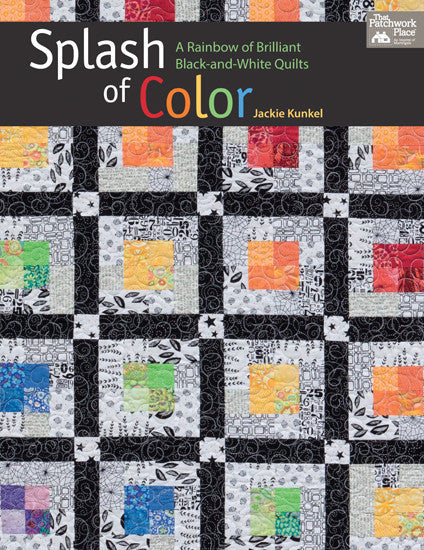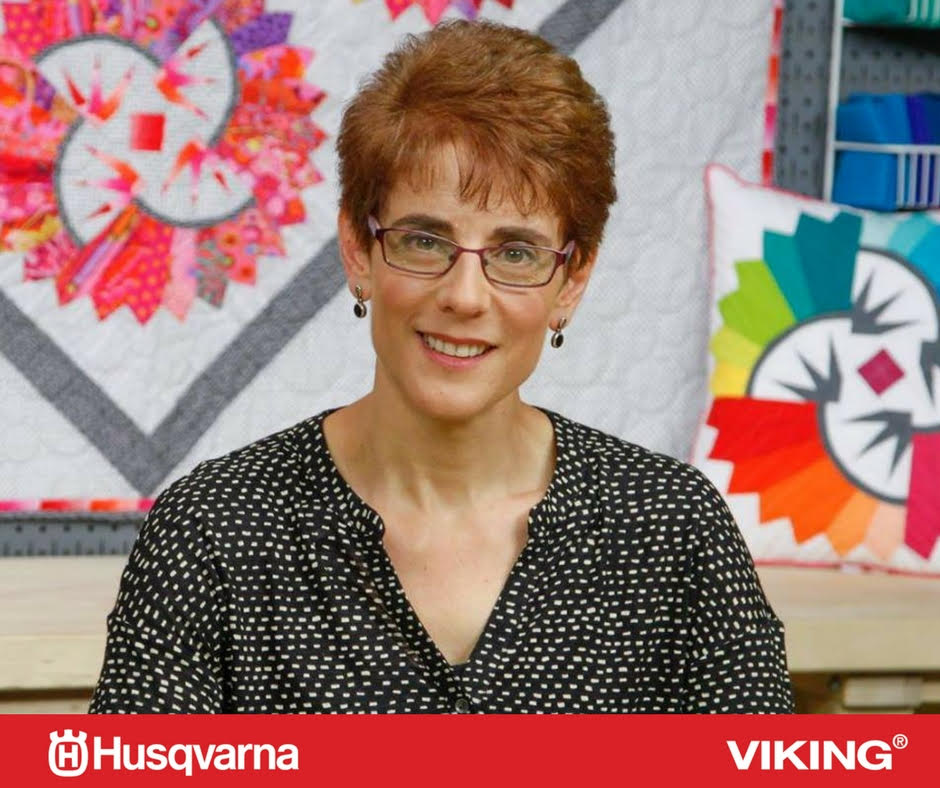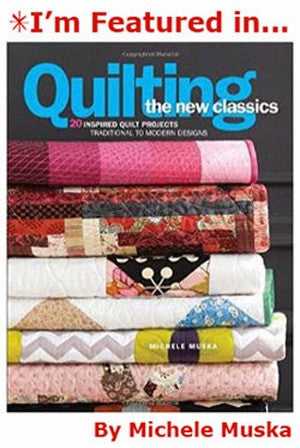Hello Everyone,
I know it has been a while since my last blog post, I have had my head buried deep in fabric and sewing. Working hard towards a deadline. Lots to finish and no time for anything else. Send some good thoughts to me to make it successfully! Also, gearing up for the 3rd annual Flights and Fantasies Quilt Show that I founded. So lots going on!
But I did say that I would show you some more pics from Peru and I am back to do that!
One of our most favorite things in Peru is seeing all the Llamas. And there are lots of different kinds too! The next few blog posts will be all related to Llamas and their wool... oh maybe some food will be thrown in there too.
This is the view of the town we were entering in the valley. The landscape in Peru is just gorgeous!!
We just couldn't get enough of the Llamas and Alpaca. They are so cute and soft too!
They were also very hungry! This is my daughter feeding one hungry little one.
These are probably some of my favorite in the species. Their wool grows like that, they have their own dreadlocks. They almost look like mops with feet.
Here are some others but the wool was different colors.
These are Vicuna. Here is some information about Vicuna from Wikipedia. My words or Vicuna... super soft, endangered and protected by the government.... From Wikipedia...
The vicuña (Vicugna vicugna) or vicugna[2] is one of two wild South American camelids which live in the high alpine areas of the Andes; the other being the guanaco. It is a relative of the llama, and is now believed to be the wild ancestor of domesticated alpacas, which are raised for their coats. Vicuñas produce small amounts of extremely fine wool, which is very expensive because the animal can only be shorn every three years, and has to be caught from the wild. When knitted together, the product of the vicuña's wool is very soft and warm. The Inca valued vicuñas highly for their wool, and it was against the law for anyone but royalty to wear vicuña garments.
Both under the rule of the Inca and today, vicuñas have been protected by law, but they were heavily hunted in the intervening period. Before being declared endangered in 1974, only about 6,000 animals were left. Today, the vicuña population has recovered to about 350,000,[1] and although conservation organizations have reduced its level of threat classification, they still call for active conservation programs to protect populations from poaching, habitat loss, and other threats.
This one was funny, just chewing on the straw.
Here is Rosa feeding this beauty. He was a tall one even if he weren't standing on the little wall.
How can you not love this face??
Any who.... we saw Llama and Alpaca wherever we went. Their wool is used widely and I will show you more on that in the next blog post.
Hope you are enjoying this trip through Peru!
Until Next Time...



































